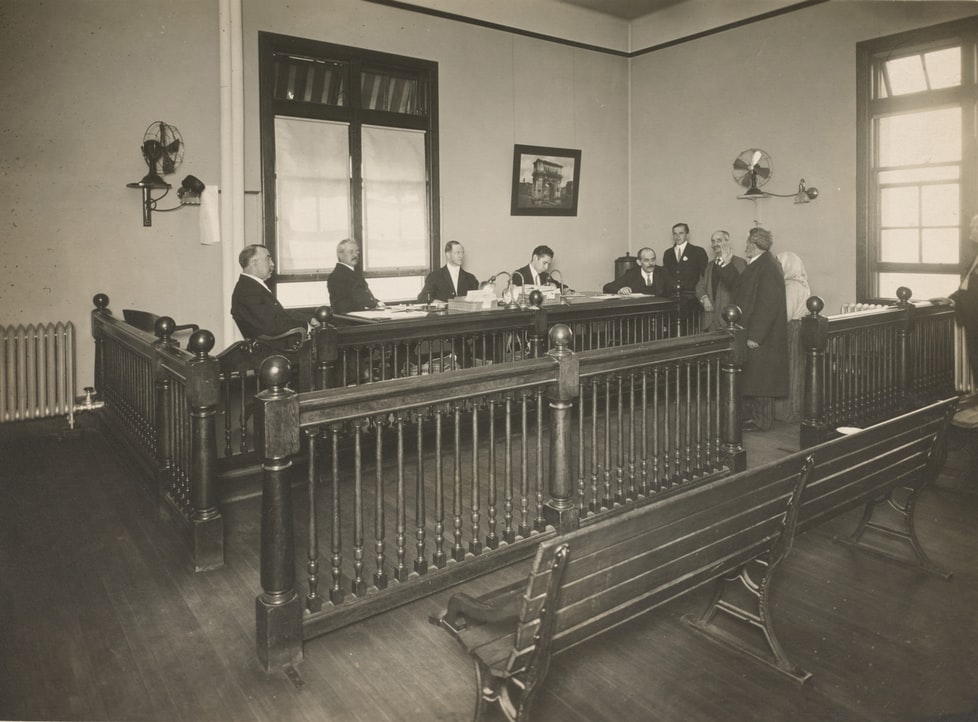The Liability of Cab Aggregators in India vis-à-vis their Consumers
[By Suyash Tiwari and Prakul Khera] Suyash is a student at the Hidayatullah National Law University, Raipur, and Prakul is a student at the Institute of Law Nirma University, Ahmedabad. The reputation of ride-hailing platforms like Uber has been marred with a plethora of cases involving sexual assault and negligence of its drivers. The case in the Indian context is no less different. These platforms are operating under such a regulatory grey area that they easily evade liability for the acts of drivers. The Motor Vehicles (Amendment) Act, 2019 introduced the term aggregator for these platforms which defines them as “digital intermediary or marketplace for a passenger to connect with a driver for the purpose of transportation”. This provision brought such platforms under the purview of the Motor Vehicles Act, 1988. However, the only body of law that governs the employment status of drivers engaged with these platforms is the terms and conditions of these aggregators. These terms and conditions that a user agrees to avail the services of these platforms provide that the drivers are independent third-party contractors and not employees of the company. Since the principle of vicarious liability doesn’t apply to independent contractors,[i] such clauses exempt the liability of these aggregators in case of any mishap. In the current article, the authors advocate for the liability of such aggregators for the acts of drivers. Control test obsolete in the modern economy Under the control test, the employment status is determined not only through the control of the employer in directing what work is to be done but also through the control exercised over the manner of doing work. [ii]However, In Silver Jubilee Tailoring House v. Chief Inspector of Shops, the Supreme Court of India held that the control test can’t be treated as an exclusive one for distinguishing a ‘contract of service’ from ‘contract for service’ and it would be more reasonable to examine all the factors that constitute the case in hand. It was further opined that it would be unrealistic to apply the test of control in many skilled employments for determining the existence of a master-servant relationship. Therefore this test can’t be treated as a precise one for ascertaining the employment status of the drivers. A progressive test was propounded in Stevenson Jordan and Harrison Ltd. v. Macdonald and Evens. It was held that a person is under a contract of service when the work performed by him is an integral part of the business, whereas the person is under a contract for service when the work is ancillary to the main business. The rationale for using this test is that the functions which constitute a contract of service are the sole source of revenue for a corporation. Since transportation is an integral part of the business and constitutes a major source of revenue, the drivers should be treated as employees of the aggregators Position in other jurisdictions In 2015 a United States District Court for the District of Columbia in Erik Search v. Uber, where the driver had stabbed a rider, made Uber liable to pay damages. The court relied on the apparent agency theory which stems from the so-called duck test. According to this test, “if it walks like a duck, swims like a duck, and quacks like a duck, it’s a duck.” The rationale that stems from this test is that liability can be imputed to the principal if he, through his words whether written or spoken or any other conduct makes a third party believe that he has consented to the acts done on his behalf by the apparent agent. Hence the perception of a third party with respect to the agent’s authority is significant in determining the liability. Therefore, taking into account the way Uber functions, the court held that the riders were under a reasonable belief that the drivers were indeed the employees. Similarly, in Doe v. Uber Techs., Inc., where the driver had raped a consumer, the District Court for the Northern District of California held that drivers were employees and Uber was vicariously liable for their conduct. While holding so, the Court relied on a set of the factual matrix. These include, inter alia, the fact that the drivers can’t negotiate the fares and the same are set by Uber without any input from the driver. Further Uber has the authority to alter the amount being charged from customers if the driver takes a circuitous route. Thirdly, control over customer contact information lies with Uber. The drivers have to accept all rides requests when logged into the application or else they have to face disciplinary actions. Lastly Uber retains the right to terminate drivers at will. In Uber France v. M. A. X, the Court of Cassation (the highest court in France) classified the drivers as employees and not self-employed. The Court laid down a three-limb test to categorize a person as self-employed. Under this test, if the person can build his own client base, fix the tariff to be charged on his own, and set the terms and conditions for providing the service, only then, one can be classified as self-employed. Further, according to the Court, as the drivers were following orders from Uber, there was a relationship of subordination between the Company and the drivers. The High Court of Australia in Hollis v. Vabu Pvt. Ltd. held that persons employed as bicycle couriers by Courier Company under a ‘contract for service’ who owned their bicycles and also bore the expenses of running them, were employees. The court relied on the fact that their uniforms bore the logo of the company which represented to the general public that they were employees. As Lord Peace stated in Imperial Chemical Industries Ltd v Shatwell “the law of vicarious liability has evolved from social convenience and rough justice and not from any clear logical or legal principle.” Therefore, the Indian courts must take into consideration the principles evolved by the foreign courts as they reflect an approach
The Liability of Cab Aggregators in India vis-à-vis their Consumers Read More »


